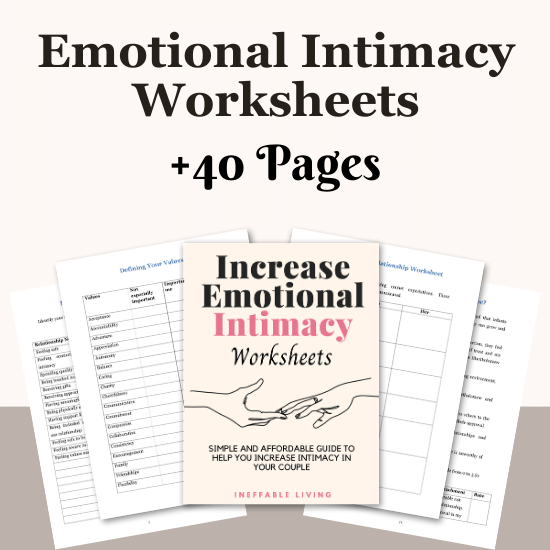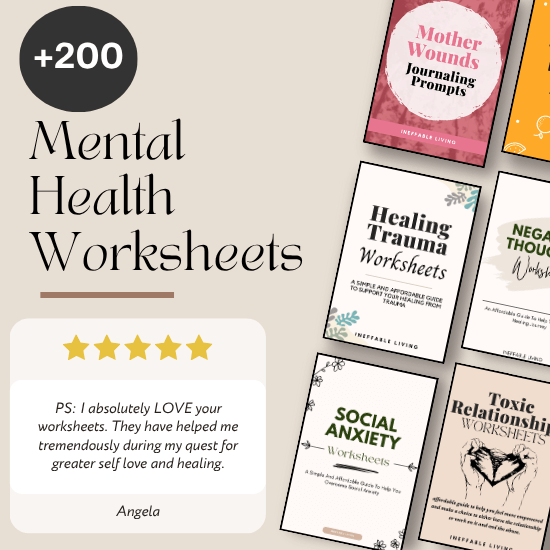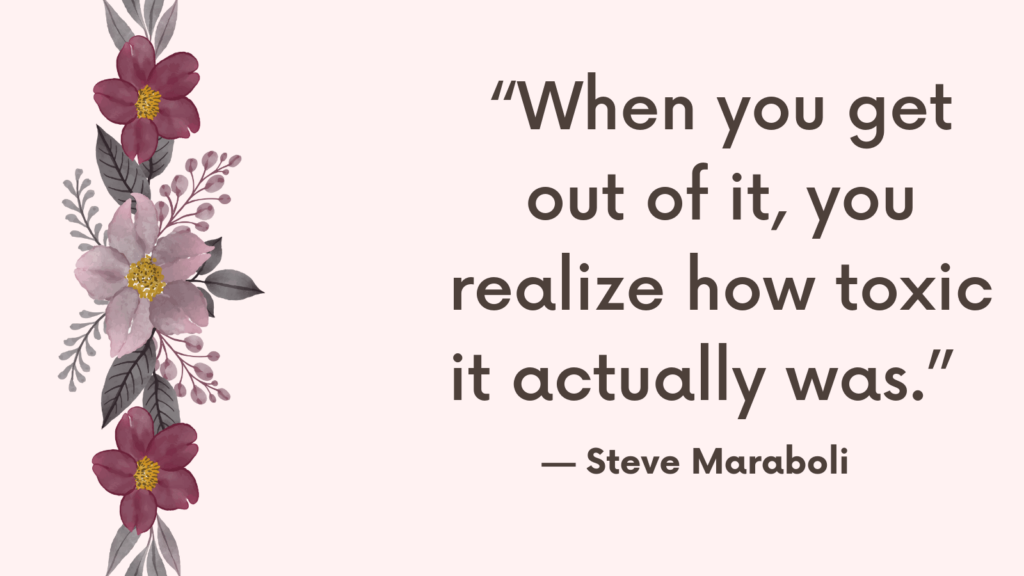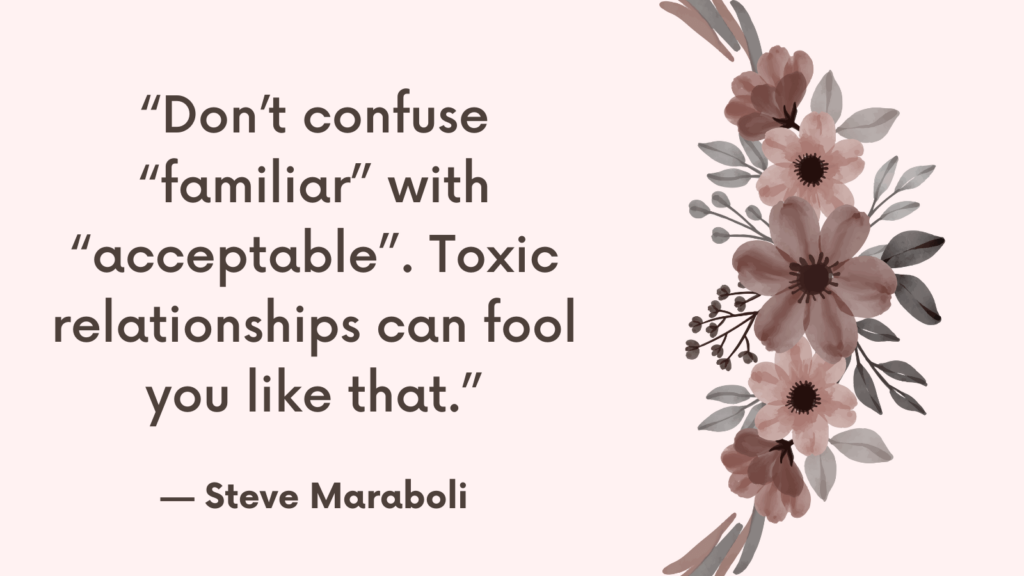In a perfect world, healing from a toxic or emotionally abusive relationship would begin with cutting all ties. But what if that’s not possible? What if you share children, a workplace, a community, or financial responsibilities?
When no contact isn’t an option, the next best tool is emotional detachment — the practice of protecting your inner world even when external separation isn’t fully possible. It’s not about becoming cold or uncaring. It’s about reclaiming your peace, even in proximity to someone who disrupts it.
Here’s how to start practicing emotional detachment when full distance isn’t realistic.
Why “No Contact” Isn’t Always Possible
In some cases—co-parenting, shared workplaces, family obligations—completely cutting ties isn’t realistic. You may still need emotional distance even when physical or verbal contact is ongoing. This creates a unique challenge because:
- You’re still exposed to the person’s energy, tone, or manipulation
- Boundaries get blurred by logistics or shared responsibilities
- Old emotional habits get reactivated automatically
- You feel guilt for wanting distance, even when it’s necessary
- You’re trying to heal while still navigating triggers
When you can’t cut contact, detachment becomes your lifeline—not your weakness.
Related: Best 7 Books On Detachment
What Is Emotional Detachment?
Emotional detachment is the act of reducing your emotional investment in a relationship or situation. It’s not about indifference — it’s about refusing to let another person’s chaos dictate your mood, self-worth, or energy.
Think of it as building an invisible boundary: they can still speak, act, or show up — but they no longer have the same access to your inner life.
Related: Rational Detachment – What Is It and How to Cultivate it
Signs You’re Still Emotionally Hooked
Before you can detach, it helps to recognize where you’re still entangled.
1. You’re Constantly Replaying Past Conversations
You mentally rehearse what you wish you’d said or obsess over how they reacted.
2. Their Mood Dictates Yours
If they’re angry, you feel tense. If they’re cold, you spiral. You’re emotionally tied to their responses.
3. You Still Hope They’ll Change
You’re stuck in the fantasy that they’ll one day apologize, take accountability, or become who you needed them to be.
4. You Feel Guilty for Pulling Away
Even if the relationship harmed you, part of you still feels responsible for their feelings or image.
Related: Top 10 Tips to Practice Compassionate Detachment
How to Practice Emotional Detachment?
Emotional detachment isn’t about shutting down your feelings — it’s about redirecting them inward, toward your own safety and clarity.
1. Shift from Reaction to Observation
Stop trying to change, fix, or decode them. Instead of reacting to every slight or manipulation, practice noticing: That’s them being them again. Name it, don’t absorb it.
2. Keep Communication Brief, Boring, and Boundaried
Stick to facts, not feelings. Use short, direct messages. Don’t justify, defend, or over-explain — especially if they feed off drama or guilt.
3. Create Internal Boundaries
Even if they have physical access to your space, they don’t need emotional access to your heart. Remind yourself: I get to decide how much of me they reach.
4. Stop Seeking Validation from Them
They won’t give you the closure, apology, or understanding you crave — and waiting for it keeps you stuck. Instead, give yourself the validation you need.
5. Practice the Gray Rock Method
This involves becoming emotionally neutral — like a gray rock. Give nothing for them to feed off of. No emotional reactions, no explanations, no drama. Just calm, minimal responses.
6. Anchor Back Into Your Body
Emotional attachment often lives in the nervous system. Use grounding tools — breathwork, movement, cold water, or journaling — to calm your body and regulate your reactions.
7. Vent Safely, Not Publicly
You still need an outlet — but don’t give them ammunition. Vent in therapy, to a trusted friend, or through writing. Avoid posting online or engaging in reactive conversations.
8. Make Peace with Not Being Understood
They may never see your truth. They may twist the story. Detachment means accepting that and still standing in your reality.
9. Reconnect With What They Can’t Touch
Your joy. Your peace. Your passions. Your growth. Rebuild your identity around things that have nothing to do with them.
Related: Top 25 Tips On How To Set Boundaries Without Being Controlling? (+FREE Worksheets PDF)

Conclusion
When no contact isn’t possible, emotional detachment becomes your power. It allows you to stay grounded, guarded, and inwardly free — even in the presence of someone who once held control.
You may not be able to remove them from your life right now, but you can remove their influence from your mind and heart. And that is the beginning of reclaiming everything they tried to take from you — your voice, your peace, your self-worth.
You’re allowed to heal even in proximity. You’re allowed to protect your energy. And you’re allowed to move forward — quietly, powerfully, and fully on your own terms.



